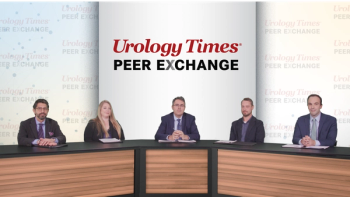
NMIBC Maintenance Therapy: Timing, Dosing, and Follow-Up
Panelists discuss how maintenance BCG therapy and vigilant surveillance are essential for sustaining disease control in NMIBC patients, with treatment schedules and monitoring tailored to individual risk and tolerance.
Episodes in this series

Physician Summary:
For patients with initially responsive NMIBC, maintenance therapy is a cornerstone of ongoing disease control, particularly in those with intermediate- or high-risk features. The standard maintenance approach, based on SWOG protocol, typically includes BCG instillations once weekly for 3 weeks at 3, 6, 12, 18, 24, 30, and 36 months following induction. However, schedules may be adjusted based on patient tolerance, risk level, and evolving guidelines.
Surveillance remains critical during and after maintenance therapy. Patients are generally monitored with cystoscopy and urine cytology every 3 to 6 months for the first 2 years, then at increasing intervals thereafter. Imaging and upper tract evaluation may be added depending on risk and clinical findings. Close monitoring ensures early detection of recurrence or progression and guides timely intervention.
Newsletter
Stay current with the latest urology news and practice-changing insights — sign up now for the essential updates every urologist needs.

















